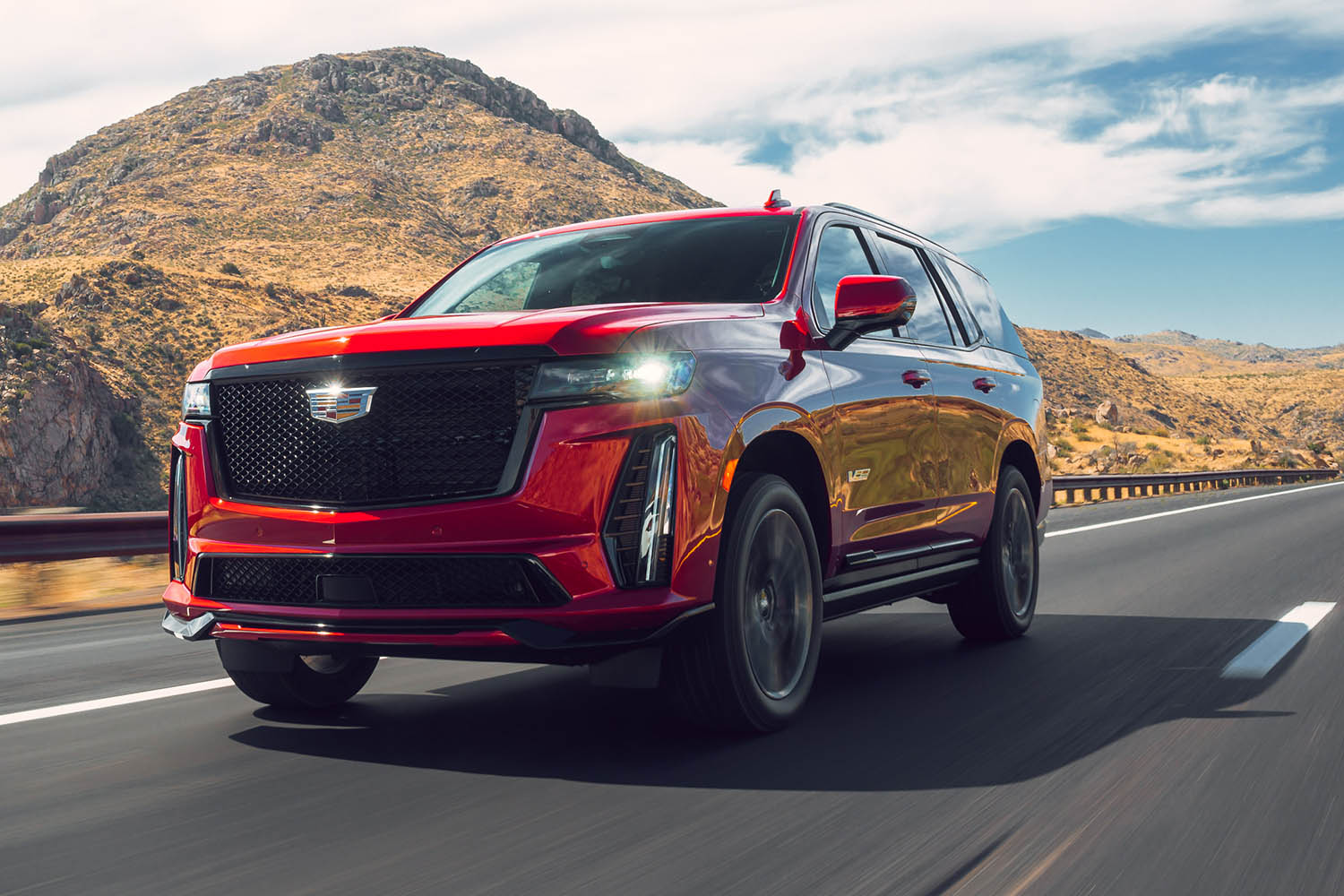What Is an Adaptive Suspension?
How a car rides and corners is no longer limited to a fixed setting, thanks to electronic controls.
 Ford
Ford
Adaptive suspension is a useful feature offered on many new vehicles. These systems allow drivers to adjust their suspension for specific conditions, and often include settings like Eco, Comfort, and Sport. So simply pushing a button can greatly impact how the vehicle performs.
Availability of these systems was once reserved for luxury brands. But today, they've become increasingly available on more affordable models. While exactly what’s included within the "adaptive" definition varies among brands, the adjustability typically covers traits like how well the car soaks up bumps, and how athletically it corners.
 Cadillac
Cadillac
What Are the Benefits of an Adaptive Suspension?
In short, an adaptive suspension eliminates the inevitable compromises of a one-size-fits-all setup. This allows carmakers to fine tune a vehicle’s ride in ways once unimaginable. Now, a driver can tailor the firmness of the suspension as needed, perhaps softening the ride for passenger comfort, or stiffening it for improved cornering.
In a Comfort setting, for example, the suspension is more compliant, making it better at absorbing potholes. On the opposite end, Sport steps up the suspension’s control of wheel movement, and communicates more feel to the driver. These adjustments can improve roadholding by keeping the tires in better contact with the road surface, which is essential for sporty driving.
 BMW
BMW
What Vehicles Offer Adaptive Suspension?
Adaptive suspensions are marketed under various names, including BMW Adaptive M Suspension, Lexus Adaptive Variable Suspension, and Mercedes-Benz Adaptive Damping System. A technology called MagneRide, developed by General Motors in the early 2000s, was first introduced by Cadillac before migrating to the Chevrolet Corvette. Later, even the Ford Mustang and some Ferrari models would utilize MagneRide.
 Ford
Ford
How Does Adaptive Suspension Work?
A number of mechanisms are used by adaptive suspensions to achieve their desired performance. Some systems, like ZF’s Continuous Damping Control, use electronically adjustable valves within the suspension dampers, and control movement by the internal flow of oil. When the valves are mostly closed, oil movement between chambers is restricted, and the suspension is firm and direct. When the valves open wider, the suspension is softer, and the damping effect is reduced.
MagneRide uses electromagnetic coils acting on a special damper fluid that contains tiny metallic particles. Varying the magnetic field shifts the alignment of the particles in the magnetorheological fluid, changing its flow characteristics to soften or firm up the suspension action.
Some sophisticated adaptive suspensions can also adjust to road conditions automatically, and make changes in a fraction of a second. To achieve this, sensors monitor a variety of factors, including the movement of each wheel, and alter the stiffness as you drive. Rolls-Royce even has a feature – called Flagbearer – that uses cameras to scan the road ahead, and prepare the suspension for bumps before the wheels ever encounter them.
Written by humans.
Edited by humans.
 Jordan Golson
Jordan GolsonJordan Golson is a transportation reporter covering cars, trains, planes, future cities, mobility and more — basically, if it moves and doesn’t go to space, he's on it. He is especially interested in the intersection of transportation and technology, and that means he goes deep into electric cars, autonomous vehicle tech, sensors, safety, connectivity, and similar topics.
Related articles
View more related articles